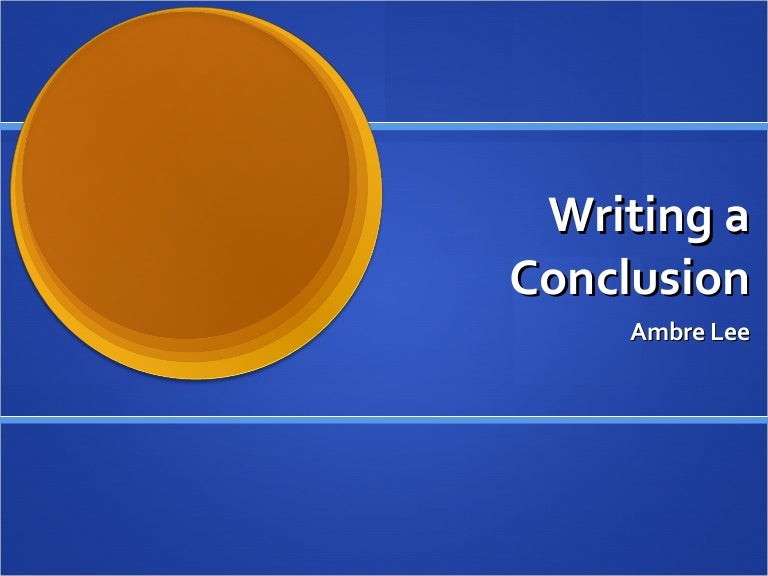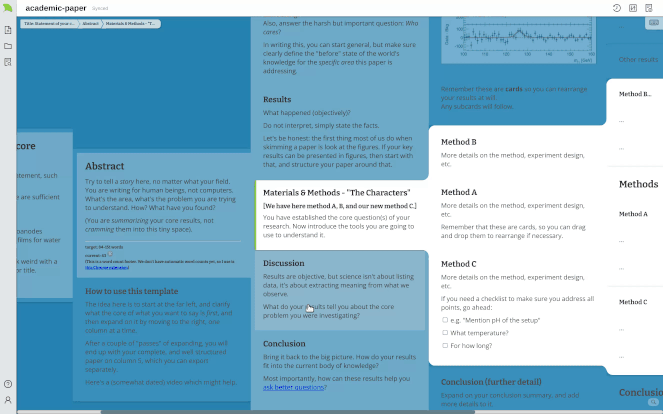

#AUTO CONCLUSION WRITER CODE#
When you set up a check run with requested actions (not to be confused with GitHub Actions), you can display a button in the pull request view on GitHub that allows people to request your GitHub App to perform additional tasks.įor example, a code linting app could use requested actions to display a button in a pull request to automatically fix detected syntax errors. To use the endpoints to manage check runs, the GitHub App must have the checks:write permission and can also subscribe to the check_run webhook. If you create a check run without creating a check suite, GitHub creates the check suite for you automatically. When this occurs, the GitHub App that created the check run will receive the check_run webhook requesting a new check run. See " About status checks" for more details. For more information, see " Check Runs" in the REST API reference documentation.Ī check can also be manually re-run in the GitHub UI. The annotation includes a message to describe the result. The annotation also includes path, start_line, and end_line to specify what location the annotation refers to. Each annotation includes an annotation_level property, which can be notice, warning, or failure. A check run can contain timestamps, a link to more details on your external site, detailed annotations for specific lines of code, and information about the analysis performed.Īnnotations add information from your check run to specific lines of code.
#AUTO CONCLUSION WRITER UPDATE#
You can update the status of the check run as it completes with the values queued, in_progress, or completed, and you can update the output as more details become available. For more information about possible conclusions of a check run, see the conclusion parameter.Īs soon as you receive the check_suite webhook, you can create the check run, even if the check is not complete. Only GitHub can mark check runs as stale. If a check run is in an incomplete state for more than 14 days, then the check run's conclusion becomes stale and appears on GitHub as stale with. Each run includes a status and conclusion.
#AUTO CONCLUSION WRITER HOW TO#
To use the endpoints to manage check suites, the GitHub App must have the checks:write permission and can also subscribe to the check_suite webhook.įor information on how to authenticate as a GitHub App, see " About authentication with a GitHub App." About check runsĪ check run is an individual test that is part of a check suite. If you aren't building a GitHub App, you might be interested in the using the REST API to interact with commit statuses. OAuth apps and authenticated users can view check runs and check suites, but they are not able to create them. Write permission for the REST API to interact with checks is only available to GitHub Apps.

You should continue to use the Create a check run endpoint to provide feedback on a commit. If you have disabled the automatic flow, you can create a check suite using the Create a check suite endpoint. All changes to the automatic flow settings are recorded in the audit log for the repository. To change the default settings for the creation of check suites, use the Update repository preferences for check suites endpoint. If you don't want to use the default automatic flow, you can control when you create check suites. GitHub automatically adds new check runs to the correct check suite based on the check run's repository and SHA. When your GitHub App receives the check_suite event, it can create new check runs for the latest commit. This default flow sends the check_suite event (with requested action) to all GitHub Apps that have the checks:write permission. For example, if three check runs have conclusions of timed_out, success, and neutral the check suite conclusion will be timed_out.īy default, GitHub creates a check suite automatically when code is pushed to the repository. The check suite reports the highest priority check run conclusion in the check suite's conclusion. If the status is completed, the conclusion can be any of the following: The status can be queued, in_progress, or completed. Check suites summarize the status and conclusion of the check runs that a suite includes. A check suite is a collection of the check runs created by a single GitHub App for a specific commit. When someone pushes code to a repository, GitHub creates a check suite for the last commit. For more information, see " About protected branches." About check suites

You can use statuses with protected branches to prevent people from merging pull requests prematurely. REST API to manage checks is available exclusively to your GitHub Apps.įor an example of how to use the REST API with a GitHub App, see " Building CI checks with a GitHub App." Rather than binary pass/fail build statuses, GitHub Apps can report rich statuses, annotate lines of code with detailed information, and re-run tests.


 0 kommentar(er)
0 kommentar(er)
